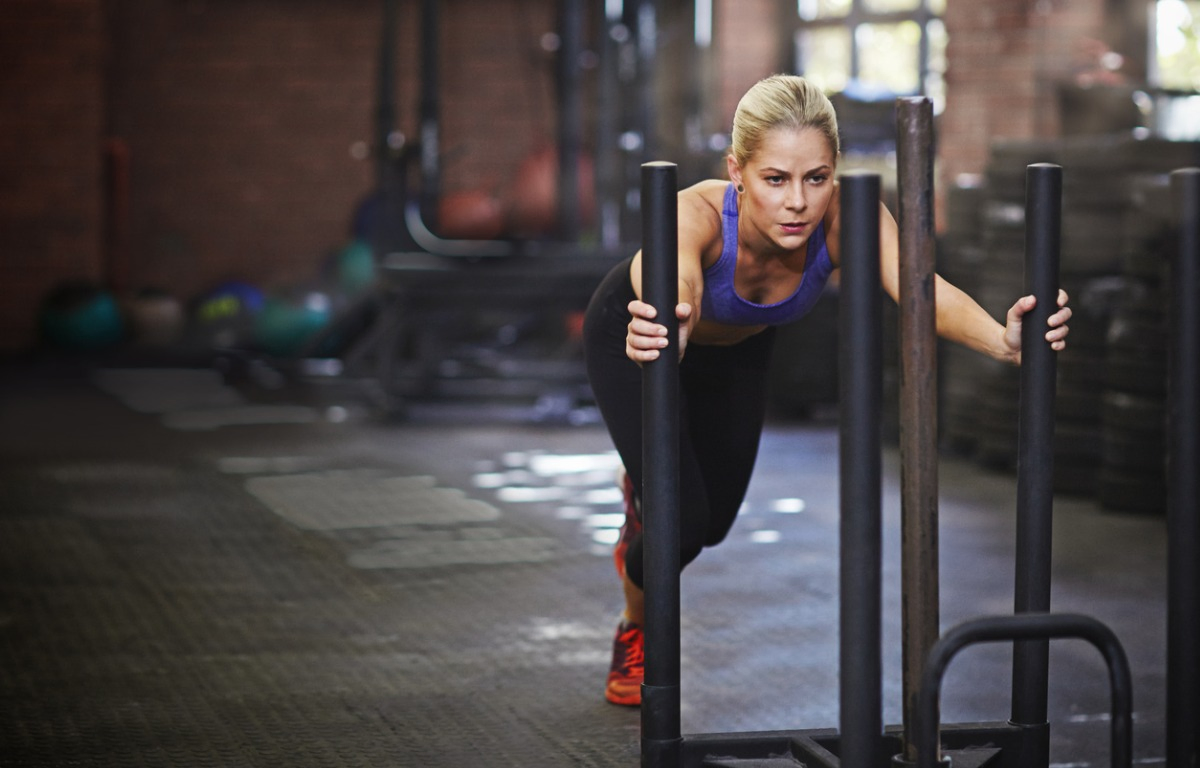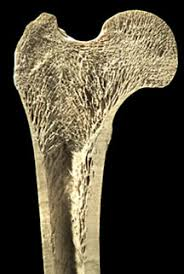Movies, seen both in 2-D and 3-D, provide a great analogy for how we can best use fitness and movement. You can see the same movie in each format and have a completely different viewing experience. We can connect this concept to how to have the most effective experience in functional training. 2-D training does provide adaptations for body shape, image and specificity of working a muscle in a specific range and plane of motion. But, regarding the whole human being, we need to train in 3-D. This is the functional movement piece. We need variability in our fitness and exercise.
Why do we need to train in 3-D when we know we can get results in 2-D? This is where putting your 3-D glasses on to experience the intense experience of a movie comes into play. In a 2-D film, the images are flat. In 3-D your receptors receive significantly more information.
That is the crucial difference with exercise. Training in 3-D floods your mechanical receptors. Mechanotransduction, the conversion process of a mechanical load to a cellular response (Schleip & Baker, 2015), affects every cell in the body. Schleip & Baker also explained that “Actual structural change occurs as a result of this process and practically takes place with the application of manual compression load or through movement or stretch.”
Movement (or lack thereof) places stress on cells, and that stress causes the cells to adapt.
Stress places a demand on all cells, not just muscle fibres. These cells need to respond to this stress. This is important because it teaches the body when to lie down (via movement stress), or to remove the substances that strengthen the tissue (Myers 2013).
An example of this is the collagen in the connective tissues. The brilliant thing about our bodies is that it performs this task along the lines of force under the tissue. Force doesn’t just mean the amount of mass you lift in the gym. Force is continually being applied to us. In fact, there’s at least one force acting upon you right now!
You are even making postural adjustments to that force even as you read this blog. That force is gravity! The inside of a bone is an example of this. This picture shows the alignment of the bone tissue inside the femur. These structural ‘struts’ are laid down along the lines of force that this bone was continually placed under (photo credit: rps-science).
So if all we do, is the same movements, with the same ranges of motion, then we restrict those actions to those ranges of motion. We also reduce our ability to move in and out of other movement patterns or ranges of motion. Todd Hargrove in his book ‘A guide to better movement. The science and practice of moving with more skill and less pain.’ (2014) states this concept: “The powerlifter who can squat with perfect form is not necessarily prepared for a day of gardening, where squatting movements need to constantly adapt to the environment. (To be fair, the gardener is probably not prepared to squat 800 pounds either).”
Our everyday lives present unexpected movement or postural challenges. The ability to find a ‘motor solution’ to all these unexpected problems is part of what we should consider ‘motor intelligence’.”
Over time, if we don’t move it, we will lose it!
Functional movement is key. Moving in 2-D may bring about easily seen adaptations: bigger muscles, washboard abs (which is mostly formed by what you ingest). This, however, does not solely create longevity for human movement. The human system needs variation with many variabilities. This refers to all of the different movement patterns, ranges of motion, and external force applications out there. This is how we can help all cells adapt to the unpredictable 3-D movie that is life!
Katy Bowman said: “Sedentary behaviour permeates not only movement, but how we think of movement, how we create and use guidelines based on the conclusions of the research, and how those guidelines promote further sedentary behaviour.”
“I’d like to suggest a solution: you need to move more than you do right now (and if you read her books, which I highly recommend, you will see she is not talking about exercise as a movement replacement). You not only need to move more, you must also move more and better, you must also move with other people, and move through, around, and over some natural terrain.”
Don’t waste a rep!
Chaddy
References:
Schleip, Robert, and Amanda Baker, eds. Fascia in sport and movement. Handspring Publishing, 2015.
Myers, Thomas W. Anatomy Trains: Myofascial Meridians for Manual and Movement Therapists. Elsevier Health Sciences, 2013.
https://rps-science.org/slideshow/photographer/2178/. 17 Jan 2018
Hargrove, Todd. “A Guide to Better Movement.” The Science and Practice of Moving With More Skill and Less Pain. Better Movement, Seattle Washington (2014).
Bowman, Katy. “Movement Matters.” Essays on movement science, movement ecology, and the nature of movement. Lotus Publishing, 2016

